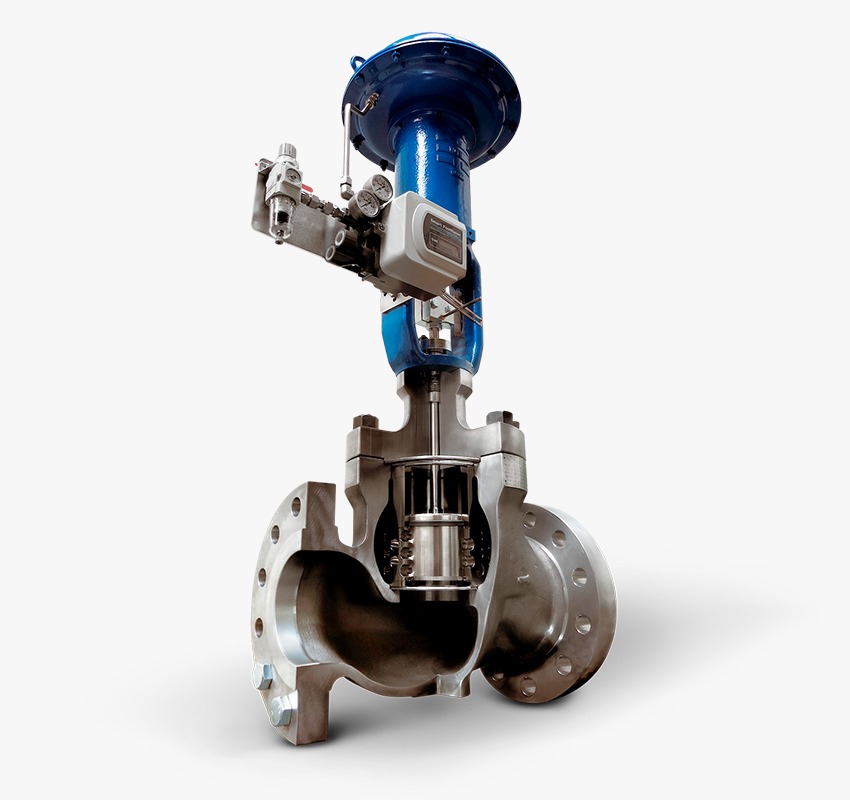Control valves are critical components used to control the flow, pressure or temperature of fluids (liquid, gas or steam) in a given system. They are widely used in many areas from industrial plants to power plants. In this article, we will examine the working principles and usage areas of control valves in detail.
What is a Control Valve?
A control valve is a device designed to regulate the flow rate, pressure or temperature of fluid in a system. Valves are usually operated via an actuator (pneumatic, electric or hydraulic) and work in an integrated manner with automation systems.
Working Principle of Control Valves
The basic operating principle of control valves is based on receiving a signal and changing the opening (valve position) of the valve. This change regulates the flow rate, pressure or temperature of the fluid. In the following steps you can better understand the working principle of the control valve:
- Input Signal: The control valve receives a signal from a control system. This signal is usually an electrical signal in the range 4-20 mA or a pneumatic pressure.
- Actuator Movement: The incoming signal is transmitted to the actuator which moves the valve. The actuator determines the degree to which the valve opens or closes.
- Fluid Control: A change in the position of the valve regulates the flow rate, pressure or temperature of the fluid. This is usually controlled by a sensor and feedback mechanism.
Control Valve Types
There are various types of control valves suitable for different applications. The most common are the following:
- Globe Control Valve: Ideal for accuracy of flow. Mostly used in liquid flow.
- Butterfly Control Valve: Suitable for systems requiring low pressure loss.
- Ball Control Valve: A common option for gases and liquids.
- Diaphragm Control Valve: Used for precise flow control.
Usage Areas of Control Valves
Control valves play a vital role in different industries and applications. Here are the main areas of use:
- Oil and Gas Industry
- Control of fluid pressure and flow rate in pipelines
- Temperature and flow management in refineries
- Chemical Industry
- Pressure and temperature controlin reactors
- Precise chemical dosing
- Power Plants
- Pressure control in steam boilers
- Flow regulation in refrigeration systems
- Food and Beverage Industry
- Liquid mixing and filling operations
- Hygienic flow management
- Water and Waste Water Management
- Flow control in water treatment plants
- Pressure regulation systems
- HVAC Systems
- Temperature control in heating and cooling lines
- Flow regulation in ventilation systems
Control valves are a critical part of fluid management and play an important role in optimiz ing industrial processes. Thanks to their operating principles and wide range of applications, they make a major contribution to energy savings and efficiency. Choosingthe right valve is vital for the performance and long-term cost-effectiveness of the system.
If you want to know more about control valves or if you are looking for a suitable solution for your industrial needs, you can contact valve.tr!

